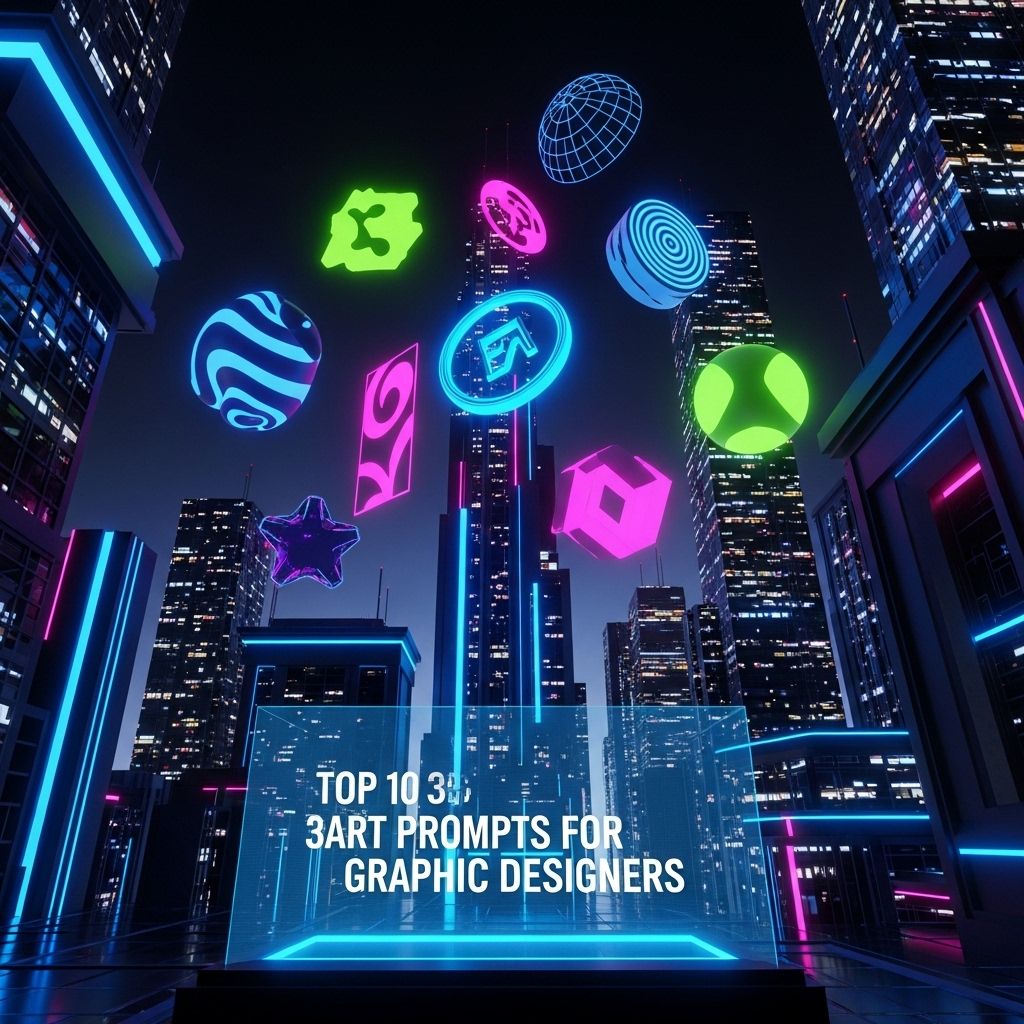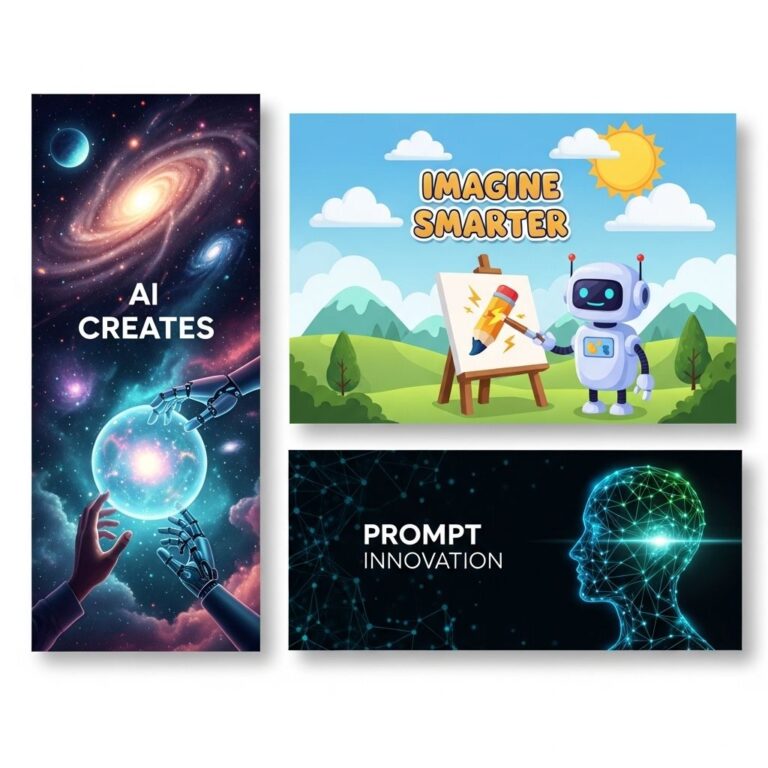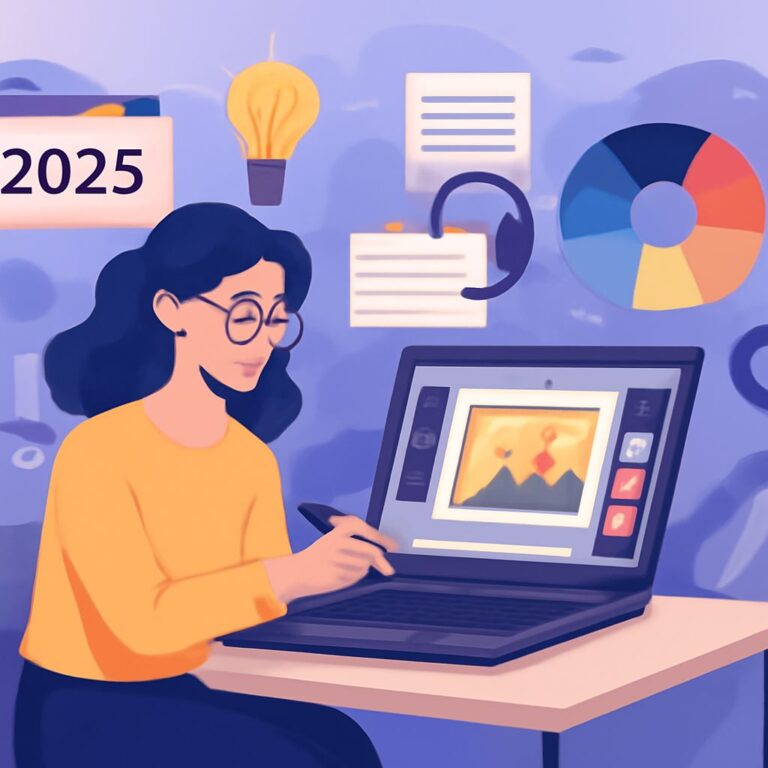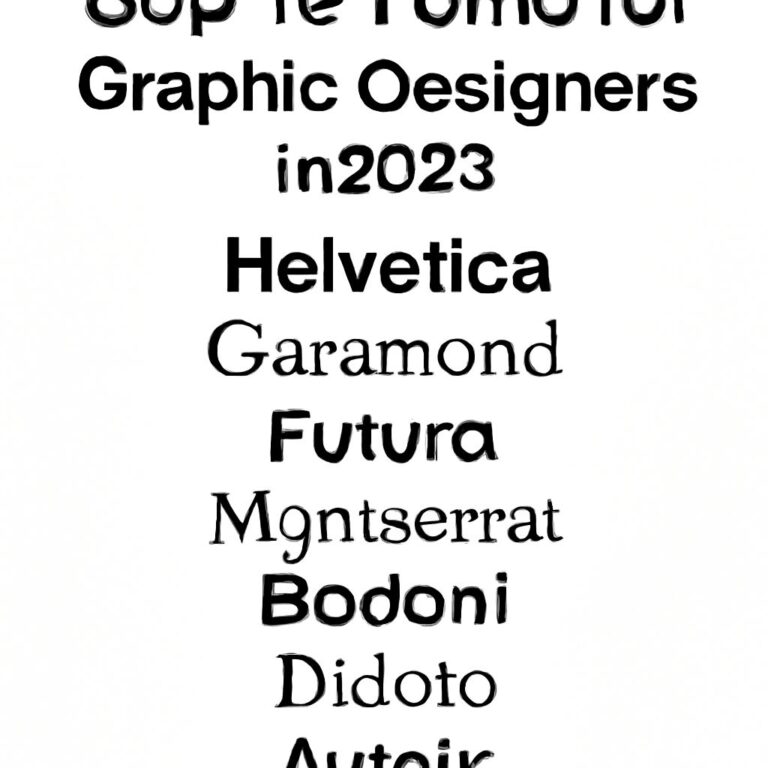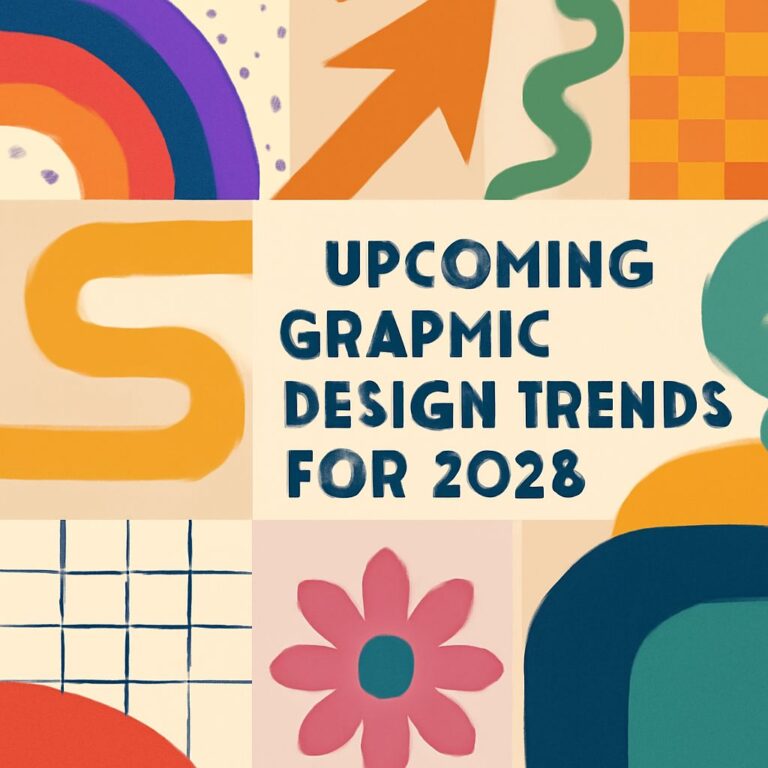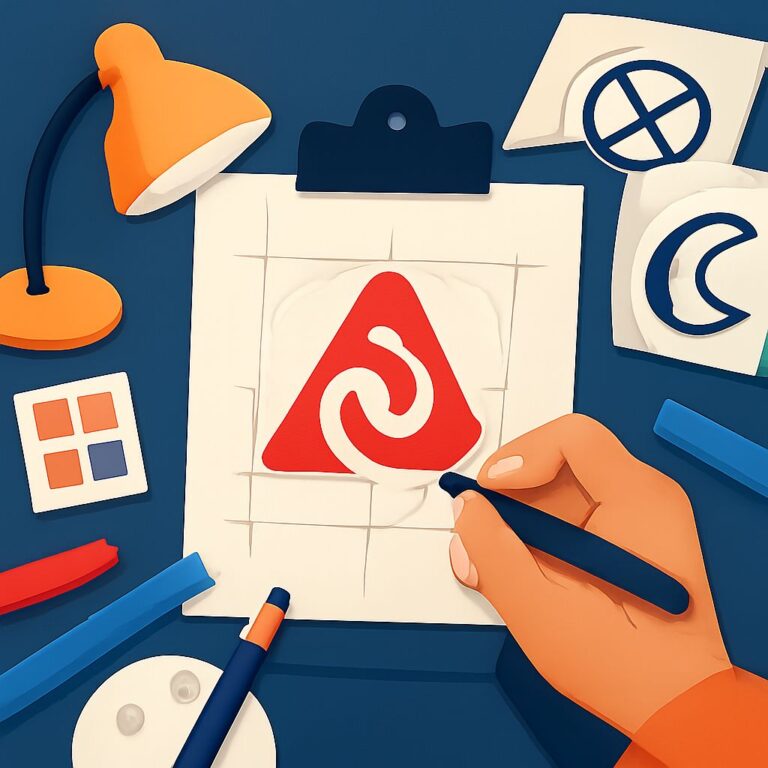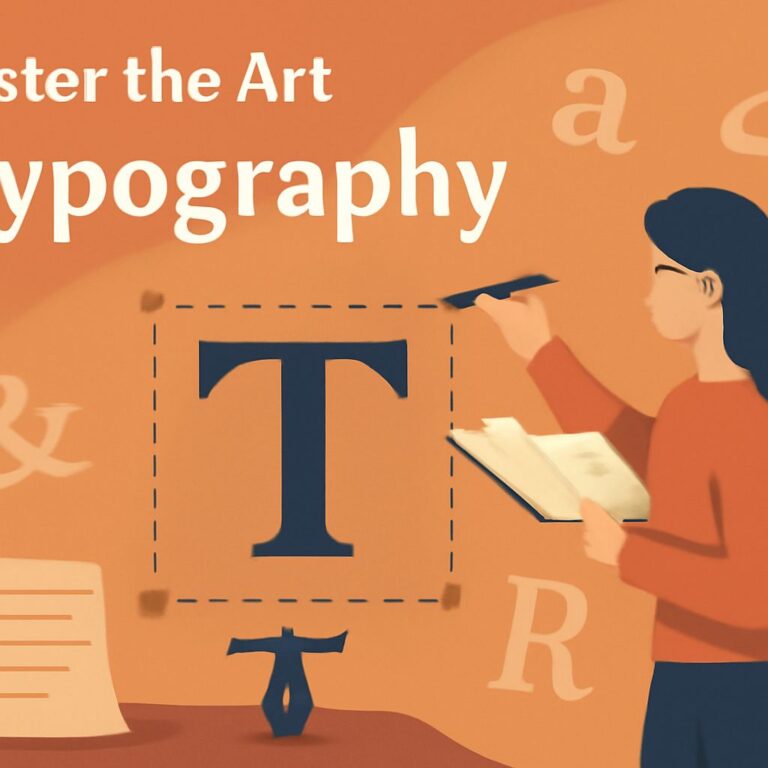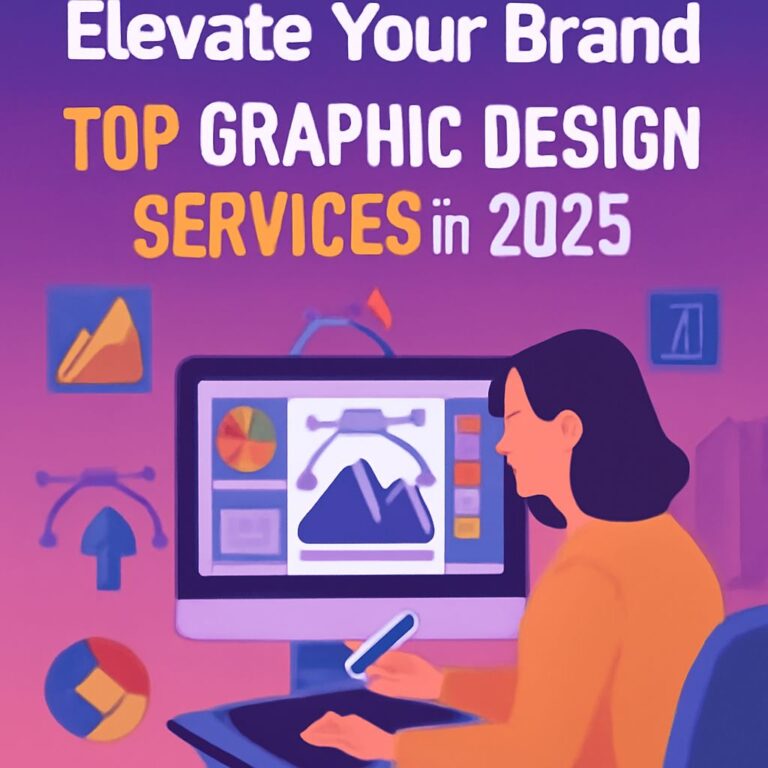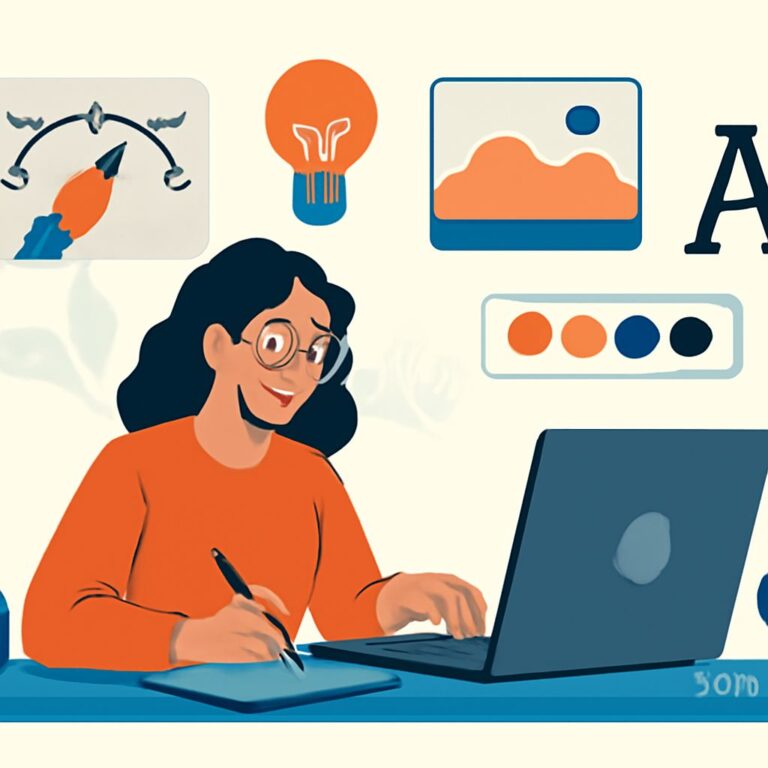The realm of 3D art is a captivating fusion of creativity and technology, allowing graphic designers to explore new dimensions in their work. With the rise of advanced rendering techniques and powerful software tools, the demand for innovative 3D designs is greater than ever. This article dives into ten thought-provoking 3D art prompts that will inspire graphic designers to push their artistic boundaries and explore new concepts.
Table of Contents
1. Futuristic Urban Landscape
Imagine a city of the future where architecture defies gravity and technology intertwines with nature. This prompt encourages designers to envision a vibrant metropolis filled with flying vehicles, green skyscrapers, and holographic advertisements. Artists can explore:
- Dynamic lighting effects that illustrate different times of the day.
- Integration of nature within urban settings, such as vertical gardens.
- Innovative transportation solutions, including hovercrafts and drones.
2. Surreal Dreamscape
Delve into the subconscious by creating a surreal dreamscape that bends the rules of reality. This prompt allows designers to play with perspective, scale, and unexpected elements. Consider elements like:
- Floating islands with waterfalls cascading into the void.
- Giant, whimsical creatures interacting with tiny human figures.
- Elements that change with the viewer’s perspective, like a morphing landscape.
3. Mythical Creatures Redefined
Reimagine classic mythical creatures using modern design techniques. This prompt challenges artists to infuse their personal style into creatures such as:
| Creature | Modern Twist |
|---|---|
| Dragon | Bio-mechanical features, such as robotic wings. |
| Unicorn | Futuristic elements, like neon colors and cyber attributes. |
| Mermaid | Alternate environments, like a cyberpunk underwater city. |
4. Abstract Geometric Forms
Utilize geometric shapes to create abstract art pieces that provoke thought and ignite emotions. This prompt allows for experimentation with colors and forms. Designers can consider:
- Complex patterns that create optical illusions.
- Bold color gradients to highlight specific shapes.
- Interactive elements that respond to user inputs.
5. Retro-Futurism
Blend past and future aesthetics by designing a scene that reflects retro-futurism. This prompt invites designers to draw inspiration from past visions of the future, incorporating:
- Classic cars with futuristic modifications.
- Fashion styles from different eras, reimagined with modern fabrics.
- Color palettes reminiscent of 80s and 90s sci-fi films.
6. Nature Meets Technology
Create a harmonious blend of nature and technology, showcasing how they can coexist. This can be achieved by combining organic elements with technological aspects. Think about:
- Plants integrated with renewable energy sources, like solar panels.
- Animals augmented with technology, such as robotic limbs or sensors.
- Natural landscapes featuring futuristic architecture.
7. The Concept of Time
Explore the abstract concept of time through visual representation. This prompt encourages designers to think outside the box and depict time as a tangible element. Consider using:
- Clocks melting into landscapes, reminiscent of Salvador Dalí.
- Sand dunes shifting in real-time to represent the passing of time.
- Elements from different eras coexisting in a single scene.
8. Fantasy Sports Arena
Design an imaginative sports arena that transcends traditional boundaries. This could be a space for a fictional sport or an extreme version of an existing one. Ideas to incorporate include:
- Unique playgrounds that defy gravity.
- Participants with futuristic gear that enhances their abilities.
- Interactive audience areas that contribute to the game.
9. Imaginary Worlds
Create a completely fictional world that showcases your creativity and storytelling abilities. This prompt allows for limitless imagination. As you design, think about:
- Unique ecosystems with fantastical flora and fauna.
- Architectural styles that reflect the culture of your imaginary world.
- Transportation methods suited to your environment, such as airships or giant creatures.
10. The Evolution of a Species
Visualize the evolution of a chosen species over time, incorporating both realistic and speculative elements. This prompt challenges designers to think about:
- Different stages of evolution, from primitive to advanced.
- Impact of environment on the evolution of the species.
- Integrating technology as a factor in future evolution.
Each of these prompts offers a unique avenue for exploration, pushing graphic designers to harness their creativity and technical skills. By engaging with these concepts, artists can develop their portfolios, experiment with new techniques, and ultimately produce captivating 3D art that resonates with audiences. Embrace the endless possibilities these prompts provide and let your imagination take flight in the exciting world of 3D design.
FAQ
What are some creative 3D art prompts for graphic designers?
Some creative 3D art prompts include designing a futuristic cityscape, creating an abstract sculpture, visualizing a fantasy creature, modeling a product with a unique twist, and developing an immersive environment inspired by nature.
How can I improve my 3D art skills as a graphic designer?
You can improve your 3D art skills by practicing regularly, exploring various 3D modeling software, participating in online challenges, and studying the work of established 3D artists for inspiration.
What software is best for creating 3D art?
Some of the best software for creating 3D art includes Blender, Autodesk Maya, Cinema 4D, ZBrush, and 3ds Max, each offering unique features for different types of projects.
What are some common challenges faced by graphic designers in 3D art?
Common challenges include mastering complex software, understanding lighting and texturing, achieving realistic rendering, and managing time effectively during projects.
Can 3D art be used for marketing and advertising?
Yes, 3D art is increasingly used in marketing and advertising to create eye-catching visuals, product visualizations, animations, and immersive experiences that engage customers.
What are the benefits of using 3D art in design projects?
The benefits of using 3D art in design projects include enhanced visual appeal, the ability to create realistic representations, improved storytelling through visuals, and increased engagement with target audiences.

